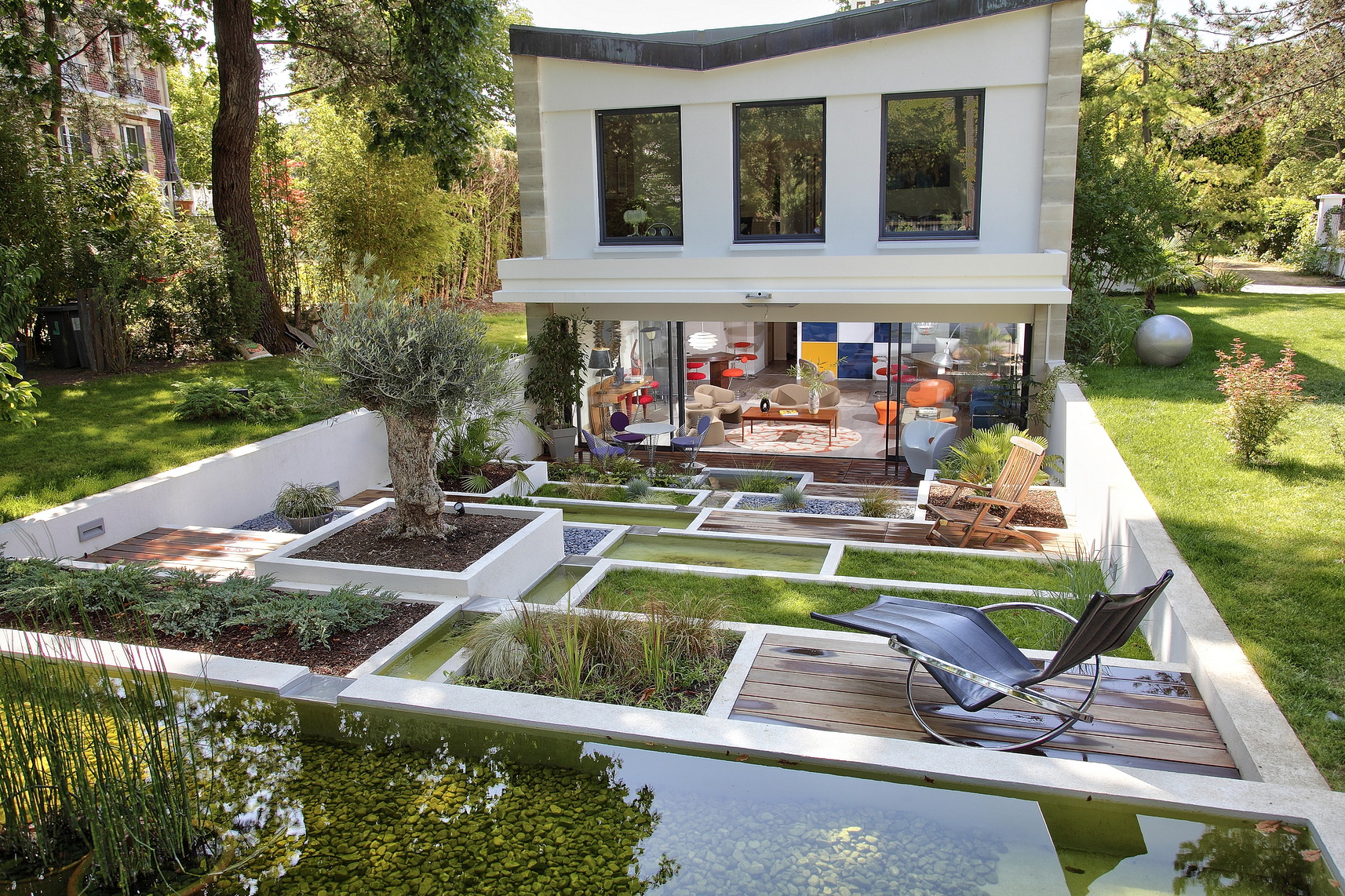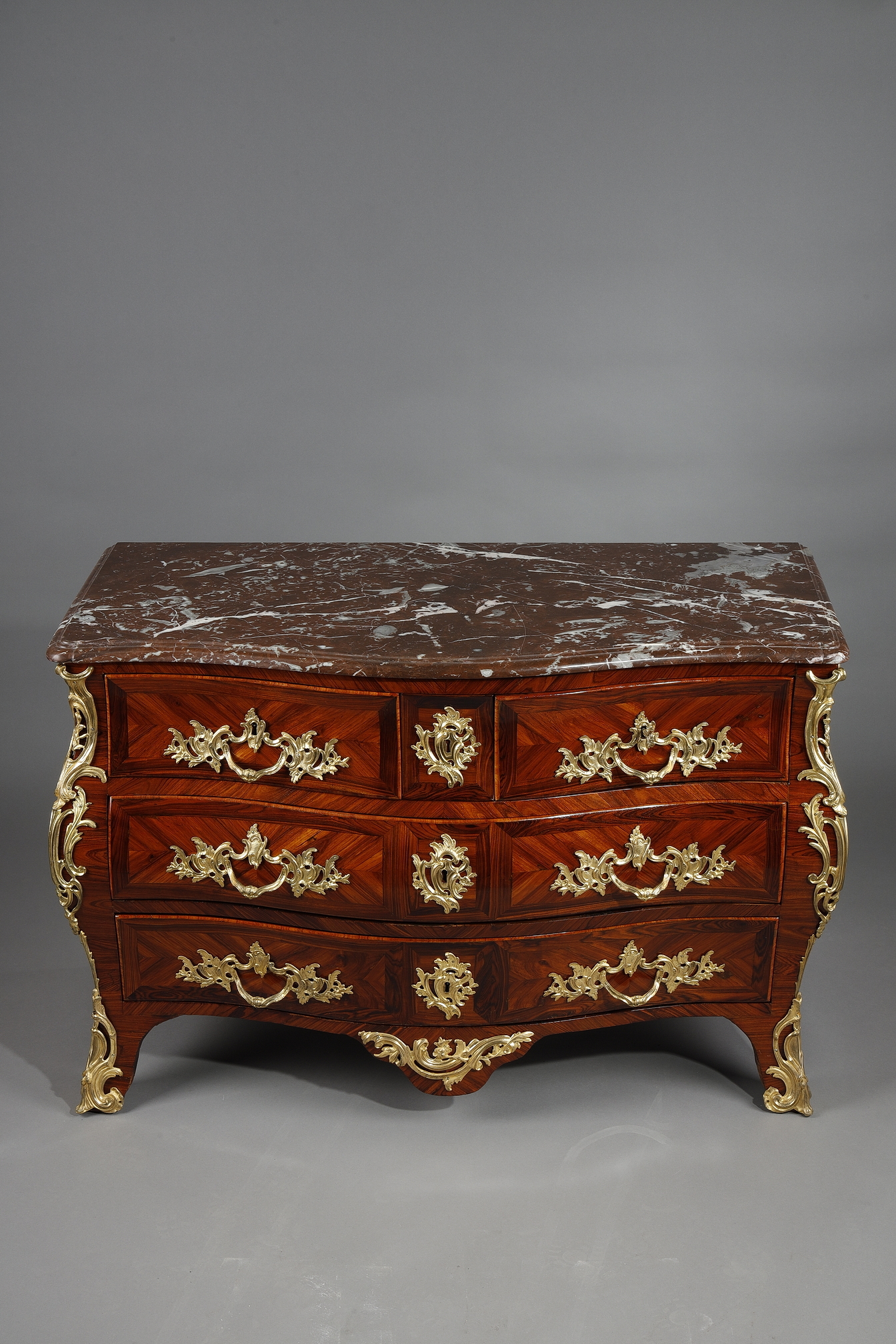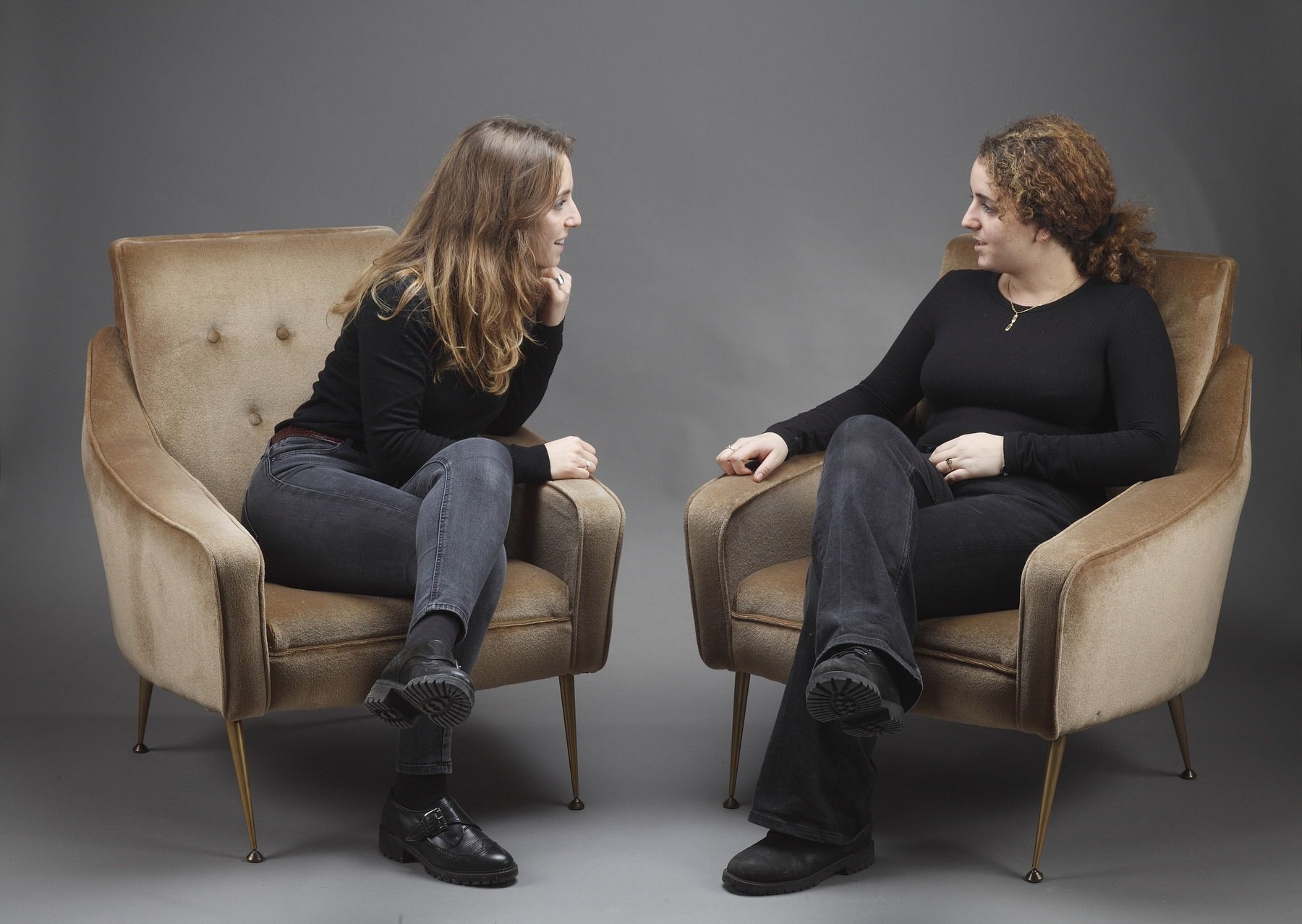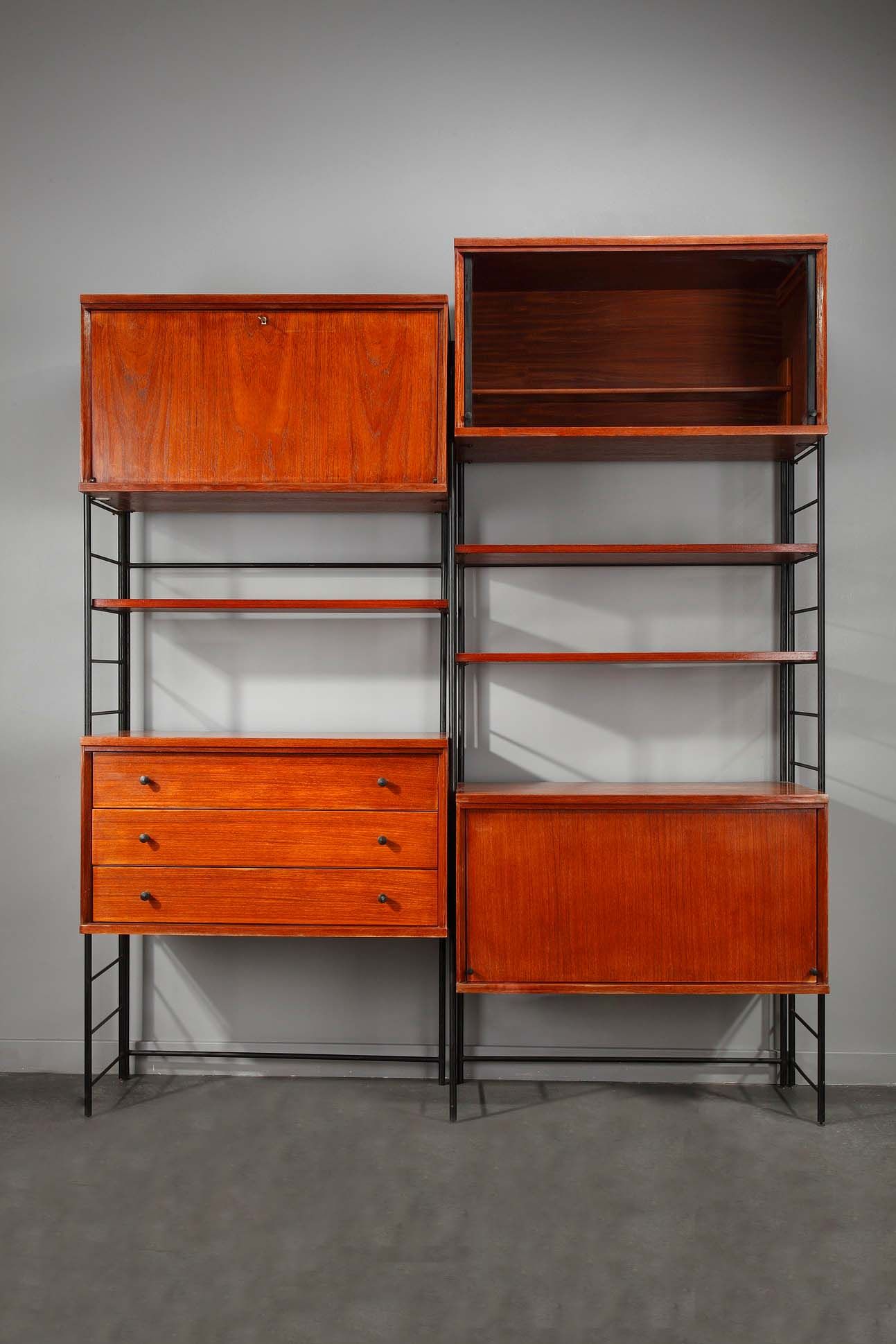Renewed interest in furniture and objets d'art
09.03.21
French people return to their homes
The health crisis that has affected us has considerably our relationship with our interior. Between restrictions, confinement and telecommuting, we're spending more time there. It has become essential to feel good in it, by creating a warm, comfortable space that reflects our personality, too long crushed by the dictates of standardized furniture.
For several decades, interior design was subject to economic and convenience considerations. The development of major brands for the standardized production of ergonomic and affordable furniture has considerably transformed our consumer habits. According to a study on the "Reuse and Reutilization of Furniture" carried out in 2019 by the Observatoire régional de l'Economie Sociale et Solidaire in Ile-de-France, only 4% of furniture is reused in France. "This small percentage of reuse can be explained, among other things, by the decline in the quality of furniture put on the market over the past 10 years," explains the study's author, Steve Lewis.
 Maison d'Hôte de la Galerie in a green setting - Vésinet
Maison d'Hôte de la Galerie in a green setting - Vésinet
Environmental awareness
At the same time, we are witnessing a global awareness of environmental issues. But this collective awareness must also be translated into concrete individual action to change our consumption patterns.
Since the Industrial Revolution, our economic model has been based on abundant natural resources and a linear pattern of production - consumption - waste. In a context of population growth and over-consumption, this model is no longer viable. It is essential to transform it into a circular economic model. The circular economy aims to extend a product's lifespan through reuse and recycling, by creating loops for reclaiming materials each time they are used.
In this context of societal crisis, the generalized return of the French to their homes, coupled with an environmental awareness, we are seeing a renewed interest in antique furniture and art objects.
Antique furniture and objets d'art in the circular economy
This pressing need to give a soul, a life to our interior, has indeed resulted in a return to antique furniture, which has the particularity of carrying a history. They have survived the centuries, they have survived time and wear, they were there long before us, and they will pass on to future generations a part of our collective history. More than just decorative objects, Antiquaires' furniture is exceptional because of its uniqueness and quality of execution. They are the result of a true work of excellence and ancestral skill that is still unequalled today. The quality of the noble materials used, the perfection of the details, the technicality and the precision employed for their realization, are so many elements which will give to your interior charm and character to make it unique.
In addition, there is a return of the younger generation to the timeless mix of modern and antique, and more particularly to "vintage" (20th century design furniture). Considering the decline in the quality of furniture offered on the market today, this generation has tended in recent years to return to the second-hand and craft markets. It is no longer a question of considering furniture as a simple everyday object, but of giving it a new meaning. Long considered difficult to access, expensive and reserved for a clientele over 40 years old, antique furniture now meets a societal and environmental need. It is therefore essential to facilitate consumer access to restored antique furniture, ready for use and at an affordableprice.
Restored furniture: ready to use.
Antique furniture, subjected tolight wear, can lose its original lustre. Fortunately, there are many specialist restorers in France and Europe who excel in their field, restoring works of art to their former glory while preserving their authenticity. Over the years, specialists like us have acquired in-depth knowledge of antique furniture restoration, and have developed a network of specialized restorers, enabling them to offer their customers objects and furniture that have been restored according to the rules of the art and are ready for use.
Quality furniture at affordable prices.
Antique art furniture has long been more expensive than new objects. However, over the last 20 years, the transparency of prices, linked to the development of the Internet, has considerably reduced the acquisition costs of these goods, making them extremely attractive. What's more, the digitalization of the sector has enabled online galleries like ours to reduce their costs and thus offer more affordable prices.
Easily accessible furniture.
Access to the antique furniture market has been democratized with the development of the Internet and the appearance of e-commerce galleries such as ours, or specialized sites such as AnticStore, Proantic, Vinterior and 1stdibs. The development of this type of platform has been made possible in large part by the quality of the photos on offer.
The circular economy should not be seen as a brake on economic development. Restoring an antique piece of furniture creates real value! We're redirecting value creation while preserving our environment. Preserving our past can help preserve our future.





 Scandinavian bookcase
Scandinavian bookcase